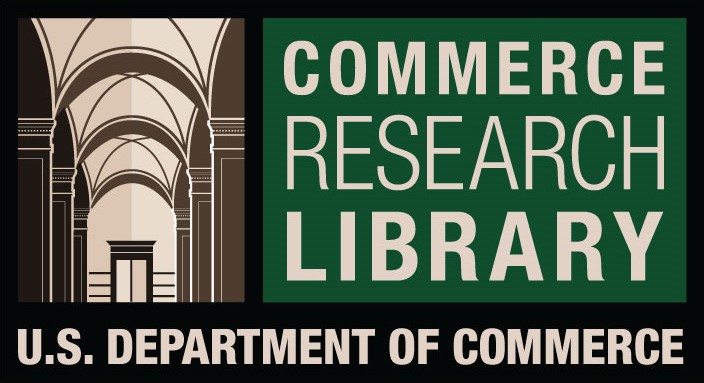For publication in Scopus, Web of Science, and more – Expert consultation for indexed journal submissions.
Digital Preservation Strategy
The International Journal of Psychosocial Rehabilitation is committed to the long-term preservation and accessibility of its published content. Our digital preservation strategy ensures that articles remain available to researchers, practitioners, and the public, even as technology evolves.
Key Components of Our Digital Preservation Strategy:
-
Digital Archiving:
- All published articles are archived in a secure digital repository that is regularly maintained and monitored for integrity. We aim to use trusted platforms that comply with best practices in digital preservation.
-
Partnerships with Archiving Services:
- The journal partners with established digital archiving services (such as LOCKSS, CLOCKSS, or Portico) to create multiple copies of our content across geographically dispersed locations, ensuring redundancy and accessibility.
-
Regular Backups:
- The journal's digital content undergoes regular backups to prevent data loss. Backups are stored in secure locations, with both on-site and off-site copies maintained.
-
Format Sustainability:
- We prioritize the use of open and widely adopted file formats (such as PDF/A for text documents) to ensure long-term readability and accessibility. This minimizes the risk of obsolescence related to specific software or hardware.
-
Metadata Standards:
- Comprehensive metadata for each published article is created and maintained, following established standards (like Dublin Core or MARC) to facilitate discovery and proper indexing in databases and search engines.
-
Version Control:
- The journal maintains a clear version control policy to ensure that the most recent and correct versions of articles are readily available. Any updates or corrections are clearly documented.
-
Access to Historical Content:
- All historical issues of the journal are preserved and made available online to ensure that researchers can access past work in the field of psychosocial rehabilitation.
-
Transparency and Communication:
- The journal will communicate its digital preservation practices and any changes to these practices to its authors and readers, maintaining transparency about how content is preserved.
-
Review and Update of Strategy:
- This digital preservation strategy will be reviewed periodically to ensure it remains effective and aligned with advancements in technology and best practices in the field.












